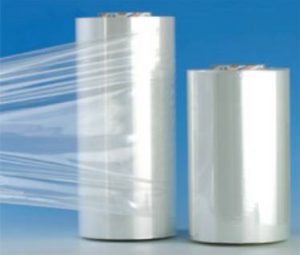
What is the smartest way to get the most out of your stretch film?
You drive home after work, if there’s no gas… . A gas station that sells gasoline at $3.50 a gallon will be noticed that it sells another kind of gas for $1.50 a gallon. So, what’s your choice? Which platform are you going to? This is an obvious one. You can get the most out of it by paying the least.
While we all know that such deals are rare, it is also possible to use another deal to stretch the film economy. It’s ok to spend $36 on 6,000 feet of film, or $36 for 18, 000 feet of film. What are your options at this time? The latter may be a more likely decision. If you want the deal, pre-stretching is necessary. It can bring the greatest benefit to you.
The process of extending the membrane is pre-stretching, and the membrane yield can be improved a lot. This happens when the two rolls of the film delivery system rotate, which is two different speeds, so the film stretching is caused. The standard of most semi-automatic fpc1 is pretensioning membrane conveying system.
We can give you an example, if it’s one hundred percent of the pre-tension, 6000 feet of the film will change, will be 12000 feet, if it is 200% of pre-stretching, 6000 feet of film changes again, into a 18000 feet of film, and so on.
Most machines can stretch between 100% and 300%, which is related to the way it is configured. However, 200-250 percent of pre-stretching is used by most people. We know that this is a stable and comfortable running range, and a good balance between economy and efficiency can be achieved.
If an average customer USES five years to pack the film 50 times without prestretching, about $35,000 of film will be wasted. In two years, though, your car pay for themselves the possibility is very small, but, for most people, in less than two years, with the pre-tension fpc3 can pay the cost of the film for themselves.